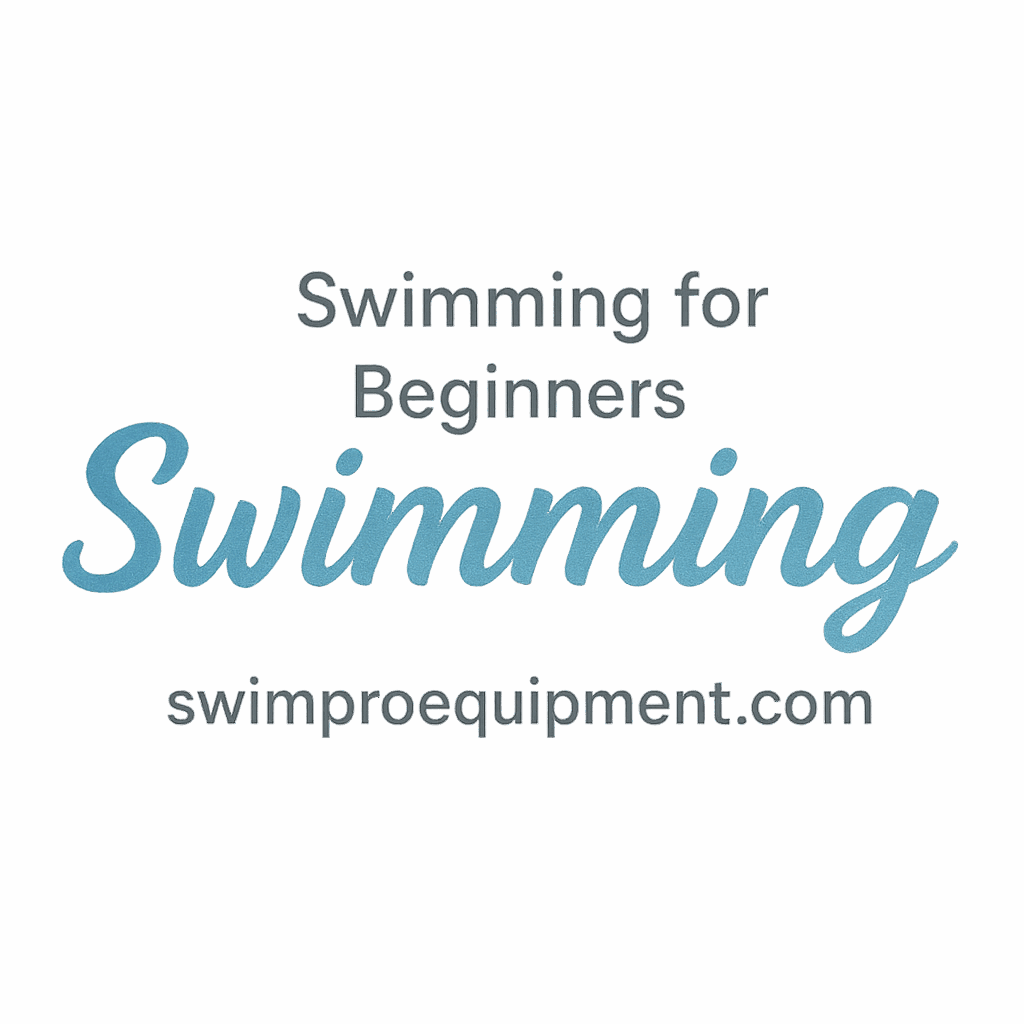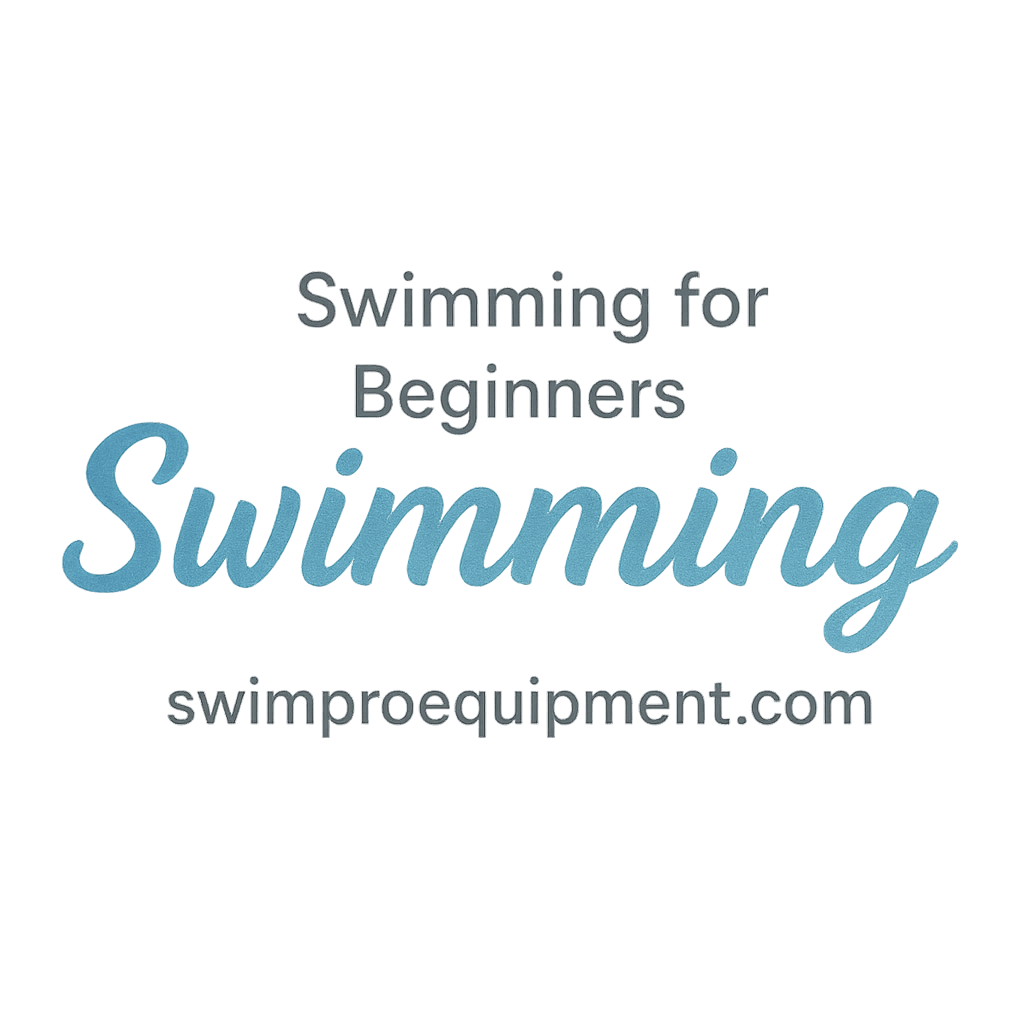Introduction to Swimming Goals
If you’re a beginner swimmer, setting goals can significantly accelerate your progress. It’s not just about getting from one side of the pool to the other; it’s about improving your technique, building endurance, and challenging yourself to be better with every stroke. Having clear, actionable goals will keep you motivated, ensure you stay on track, and provide a sense of achievement as you tick off each one.
Swimming may seem intimidating at first, but with the right approach, it can be both a rewarding and enjoyable experience. Let’s dive into 10 inspirational goals that every beginner swimmer can aim for. These goals will help you not only to become a better swimmer but also to enjoy the journey of learning and growing in the water.
Goal #1: Mastering the Breath Control
Breathing is essential in swimming. It’s what keeps you afloat and energized during your swim. If you’re new to swimming, learning proper breath control should be your first goal.
How to Improve Breathing Technique
Start by practicing rhythmic breathing in the water. Focus on exhaling fully underwater and taking a quick, deep breath when your face is above the water. The trick is to maintain a smooth rhythm that supports your stroke.
For more tips on improving your breathing, check out the Swimming Basics Techniques page.
Goal #2: Improving Your Stroke Technique
Perfecting your stroke technique is the second key goal for beginners. Whether you’re swimming freestyle, backstroke, or breaststroke, each stroke requires a specific technique that maximizes your efficiency and speed.
Focus on Different Strokes
Each stroke has its nuances, so it’s essential to learn the differences and practice them. Start with the freestyle and gradually add other strokes to your routine.
Training Workouts for Beginners will guide you in designing workouts focused on improving your stroke technique.
Goal #3: Building Endurance
Building swimming endurance is a gradual process, but one of the most satisfying goals to work toward. The idea is to swim longer distances without feeling fatigued or losing form.
Effective Endurance Workouts for Beginners
Begin by swimming shorter intervals with rest periods in between. Gradually increase the number of laps or the distance you swim before resting. As you get more comfortable, try swimming continuous laps.
Consistency is key here, so it’s important to stick to a swimming routine and keep challenging yourself.

Goal #4: Achieving Consistency in Training
One of the most powerful ways to improve as a swimmer is to swim consistently. Regular practice, even if it’s just for a few minutes a day, will improve your technique, strength, and stamina.
How Consistency Drives Progress
By swimming regularly, your body will adapt to the demands of the sport, and you’ll notice improvement in your form and endurance. Consistency builds muscle memory and reinforces positive habits that lead to faster progress.
Track your improvement using tools that monitor your lap time and speed. Tracking Your Progress will help you stay motivated.
Goal #5: Setting Personal Speed Targets
Speed isn’t just for advanced swimmers. Setting personal speed targets is an excellent way to push yourself beyond your limits and track your improvement over time.
Speed Training for Beginners
To swim faster, you need to focus on your technique and stamina. Interval training—alternating between sprinting and moderate swimming—can be a great way to increase your speed. Work on your freestyle stroke, keeping your body streamlined and minimizing drag.
You can also use Swimming Gear Equipment to help you improve your speed by choosing the right gear.
Goal #6: Mastering Body Position
Your body position in the water affects your speed, efficiency, and comfort. A streamlined position allows for smoother movement through the water, reducing drag and increasing your speed.
Body Position Drills
Practice floating in the water to get a feel for proper body alignment. Focus on keeping your head in line with your spine, and your body as flat as possible. A good body position reduces energy waste and allows you to swim more efficiently.
For more information on swimming posture, check out Body Position.
Goal #7: Overcoming the Fear of Water
Many beginners struggle with water anxiety. Overcoming this fear is crucial for building confidence and becoming a comfortable swimmer.
Mental Strategies for Overcoming Fear
Start by gradually introducing yourself to the water. Take small steps: practice holding your breath underwater, submerging your head, and floating before attempting strokes. The more familiar you get with the water, the more your fear will subside.
Building mental strength is as important as physical strength in swimming, and overcoming fear will help you progress faster.
Goal #8: Swimming Continuous Laps
One of the most common challenges for beginner swimmers is being able to swim continuous laps without stopping. This goal involves building your stamina and maintaining good form over longer distances.
How to Swim Laps Efficiently
Focus on pacing yourself. Don’t rush through your laps; instead, focus on consistent speed and form. Start with a few laps and increase the number over time. Your goal is to swim continuously without tiring yourself out.
Goal #9: Learning to Swim with Perfect Form
Perfect form not only makes swimming more efficient but also reduces your risk of injury. The better your form, the less energy you waste and the faster you swim.
Importance of Streamlined Movement
A streamlined body position reduces drag and makes swimming faster and less taxing. Focus on extending your arms fully in the water and maintaining a horizontal position to glide through the water with minimal resistance.
For tips on swimming with perfect form, explore Swimming Techniques.
Goal #10: Staying Safe While Swimming
Safety should always be your top priority when swimming. This includes understanding proper safety practices and using the right equipment.
Safety Gear Essentials
Wearing proper swim gear, such as goggles, swim caps, and other safety gear, is important for both performance and protection. In open water, always swim with a buddy and be aware of the weather and current conditions.
For safety tips, visit Swimming Safety Health.
Conclusion: Celebrate Your Progress
As a beginner swimmer, setting and achieving goals is a rewarding journey. With each goal you meet, you’ll feel more confident, stronger, and more skilled in the water. Remember, swimming is not just about reaching the destination; it’s about enjoying the process and embracing the challenge.
Celebrate your victories, no matter how small. Consistent effort, goal-setting, and tracking your progress will lead to incredible results.
FAQs
What are the best breathing techniques for beginners?
For beginners, focusing on exhaling fully underwater and taking quick breaths when your face is above water is essential. Try practicing rhythmic breathing to maintain consistency.
How long does it take to master a stroke?
It varies for everyone, but most beginners can expect to take several weeks to months to perfect a stroke, depending on how often they practice.
Can I improve my swimming speed with training?
Yes! Speed training, including interval and sprint training, can help you swim faster while maintaining good technique.
How can I avoid swimming injuries as a beginner?
Focus on proper technique, warm up before swimming, and avoid overtraining. Incorporating injury prevention strategies can significantly reduce the risk of injuries.
Is swimming a good full-body workout for beginners?
Absolutely! Swimming engages almost every muscle group, making it an excellent full-body workout that’s also easy on the joints.
How often should I swim to see progress?
Aim for at least 2-3 times per week to see steady progress, but consistency is key. The more you swim, the faster you’ll improve.
What equipment should beginners use in swimming?
Beginners should invest in essential gear like goggles, swim caps, and comfortable swimwear. As you advance, you can explore additional equipment like swim fins or pull buoys to enhance your training.


